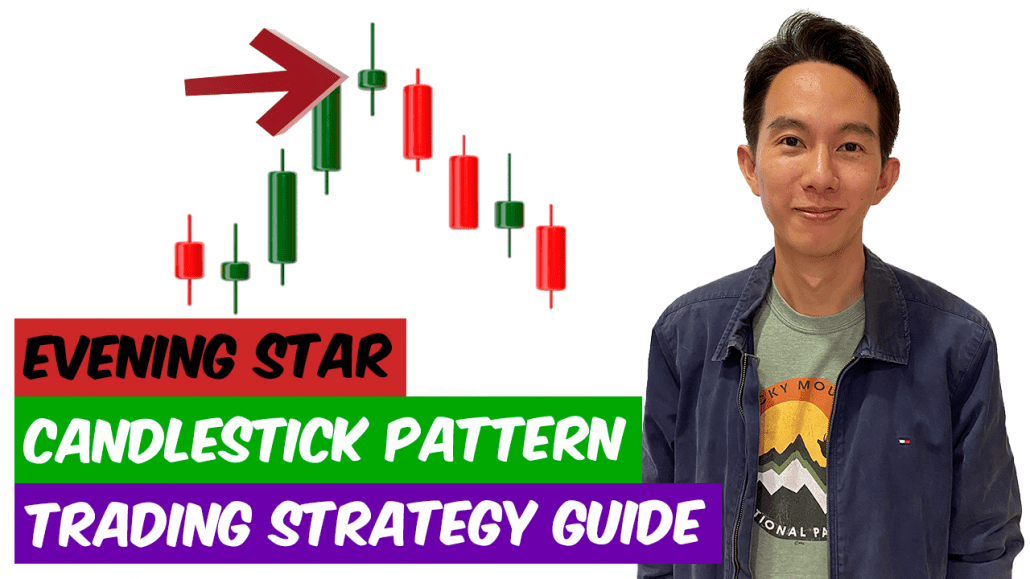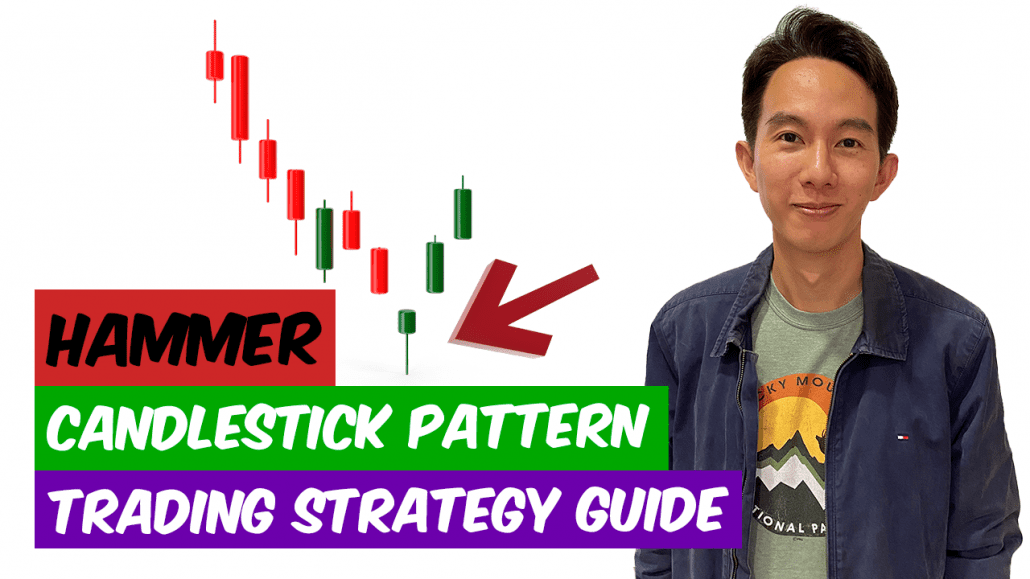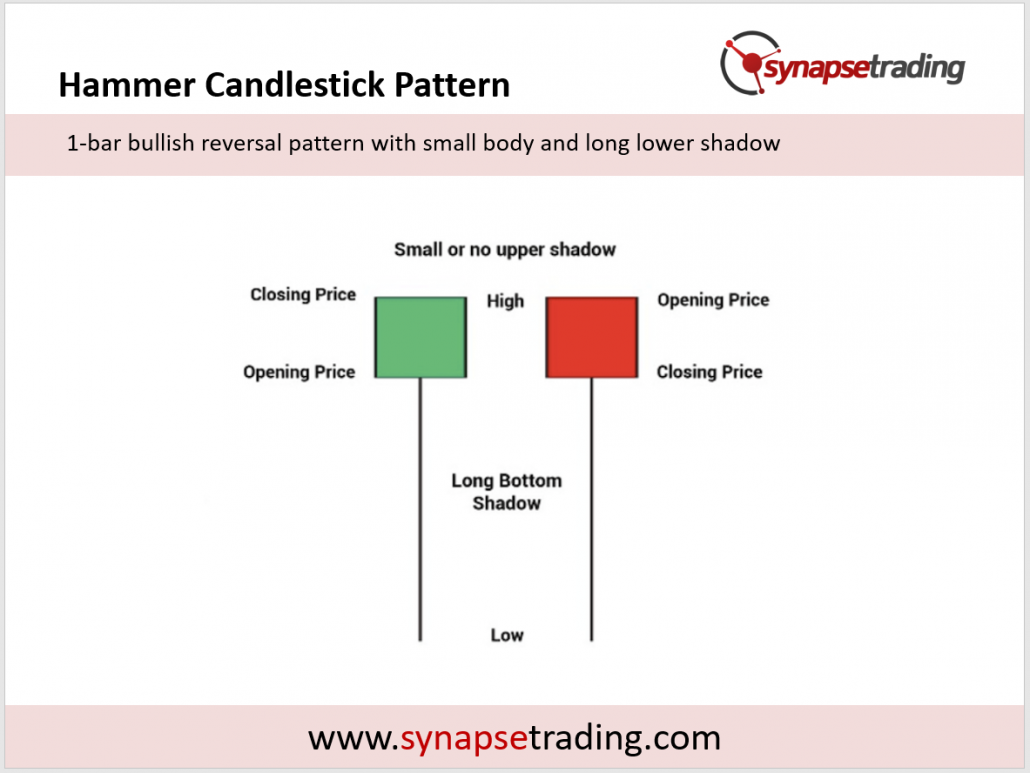The evening star candlestick pattern is a bearish reversal pattern that appears after an uptrend in a financial security’s price.
It is characterized by a long upper shadow, which indicates that buyers tried to push the price higher but failed, and a small real body, which suggests that there was little trading activity during the period.
The pattern gets its name from the fact that it looks like a star setting in the evening sky.
The psychology behind the evening star pattern is that it shows a shift in sentiment from bullish to bearish.
During an uptrend, buyers are in control and are pushing the price higher.
However, when the evening star pattern appears, it indicates that the buyers are losing strength and that sellers are starting to take control.
This shift in sentiment can be caused by a variety of factors, such as a change in market conditions, the release of negative news, or the appearance of bearish technical indicators.
To use the evening star pattern for trading, it is important to confirm that it is indeed a valid pattern.
This means looking for the following characteristics:
- The evening star must appear after an uptrend.
- The upper shadow must be at least twice as long as the real body.
- The real body should be at the lower end of the trading range.
If these criteria are met, then the evening star pattern is considered valid and can be used as a signal to sell or short the security.
There are several trading strategies that can be used with the evening star pattern.
One strategy is to sell or short the security when the pattern appears and place a stop loss order just above the high of the evening star.
This will protect against any potential upside movement in the security’s price.
Another strategy is to wait for another bearish candlestick pattern to confirm the reversal, such as a bearish engulfing pattern or a dark cloud cover.
When it comes to placing a take profit order, traders can use a variety of techniques.
One approach is to use a fixed take profit level, such as a specific price level or a percentage of the entry price.
Another approach is to use a trailing stop loss order, which allows the trader to lock in profits as the security’s price moves in the desired direction.
There are also some limitations to the evening star pattern that traders should be aware of.
The evening star pattern has several limitations that traders should be aware of when using it to trade financial securities.
One limitation is that the pattern is not always reliable, as the security’s price may continue to rise despite its appearance.
It can also produce false signals, particularly in choppy or sideways markets.
To improve its accuracy, traders can combine the evening star pattern with other technical analysis techniques and indicators, such as bearish divergence on the relative strength index (RSI) or the appearance of the pattern at key resistance levels.
In conclusion, the evening star candlestick pattern is a bearish reversal indicator that can be used in financial market trading.
To maximize its effectiveness, traders should verify its validity and utilize suitable stop loss and take profit orders.
It is advisable for traders to be cognizant of the pattern’s limitations and consider integrating it with other technical analysis techniques and indicators to improve its reliability.

If you would like to learn more about all the different candlestick patterns, also check out: “The Definitive Guide to Candlestick Patterns”












